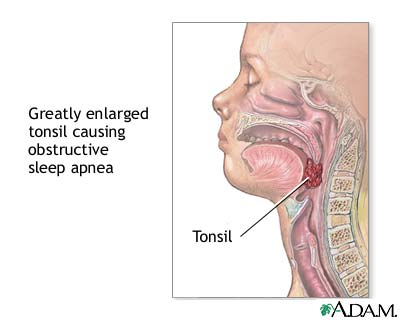See This Report on Sleep Apnea - Northshore Sleep Medicine

About Sleep Apnea - Froedtert
With obstructive sleep apnea, snoring usually is loudest when you sleep on your back, and it quiets when you switch on your side. Ask your doctor about any sleep problem that leaves you chronically tired out, sleepy and irritable. Excessive daytime drowsiness might be due to other disorders, such as narcolepsy.
These muscles support structures consisting of the back of the roofing of your mouth (soft taste buds), the triangular piece of tissue hanging from the soft taste buds (uvula), the tonsils and the tongue. When the muscles unwind, your respiratory tract narrows or closes as you inhale, obstructing your breathing for 10 seconds or longer.

Sunshine Smiles of Orange County Blog - How To Classify Sleep Apnea: When Snoring Is No Longer Normal
Your brain senses this impaired breathing and briefly stirs you from sleep so that you can resume your air passage. This awakening is generally so short that you do not remember it. You can awaken with shortness of breath that corrects itself rapidly, within a couple of deep breaths. You may make a snorting, choking or gasping sound.
Indicators on Obstructive Sleep Apnea - Symptoms and Causes - Penn You Need To Know
These disruptions impair your ability to reach the deep, peaceful phases of sleep, and you'll probably feel sleepy throughout your waking hours. Individuals with obstructive sleep apnea may not know their interrupted sleep. Lots of individuals with this type of sleep apnea don't recognize they have not slept well all night.

Sleep Apnea - Lung and Airway Disorders - Merck Manuals Consumer Version
However, particular elements put you at increased risk, including: A lot of however not all people with obstructive sleep apnea are overweight. Fat deposits around the upper air passage can obstruct breathing. Medical conditions that are related to obesity, such as hypothyroidism and polycystic ovary syndrome, also can trigger obstructive sleep apnea. The risk of obstructive sleep apnea increases as you age but appears to level off after your 60s and 70s.
Or your tonsils or adenoids may become bigger and block your air passage. Obstructive sleep apnea is relatively common in people with high blood pressure. Obstructive sleep apnea occurs two times as frequently in those who have constant nasal blockage in the evening, regardless of the cause. This might be because of narrowed airways. Individuals who smoke are more most likely to have obstructive sleep apnea.

Sleep Apnea Treatment in Mission Viejo CA - DrGannon Lee
The Basic Principles Of Sleep Apnea - American Sleep Association

In general, males are twice or 3 times as most likely as premenopausal women to have obstructive sleep apnea. More Discussion Posted Here of obstructive sleep apnea increases in females after menopause. Having family members with obstructive sleep apnea might increase your threat. Research study has discovered an association in between asthma and the risk of obstructive sleep apnea.
